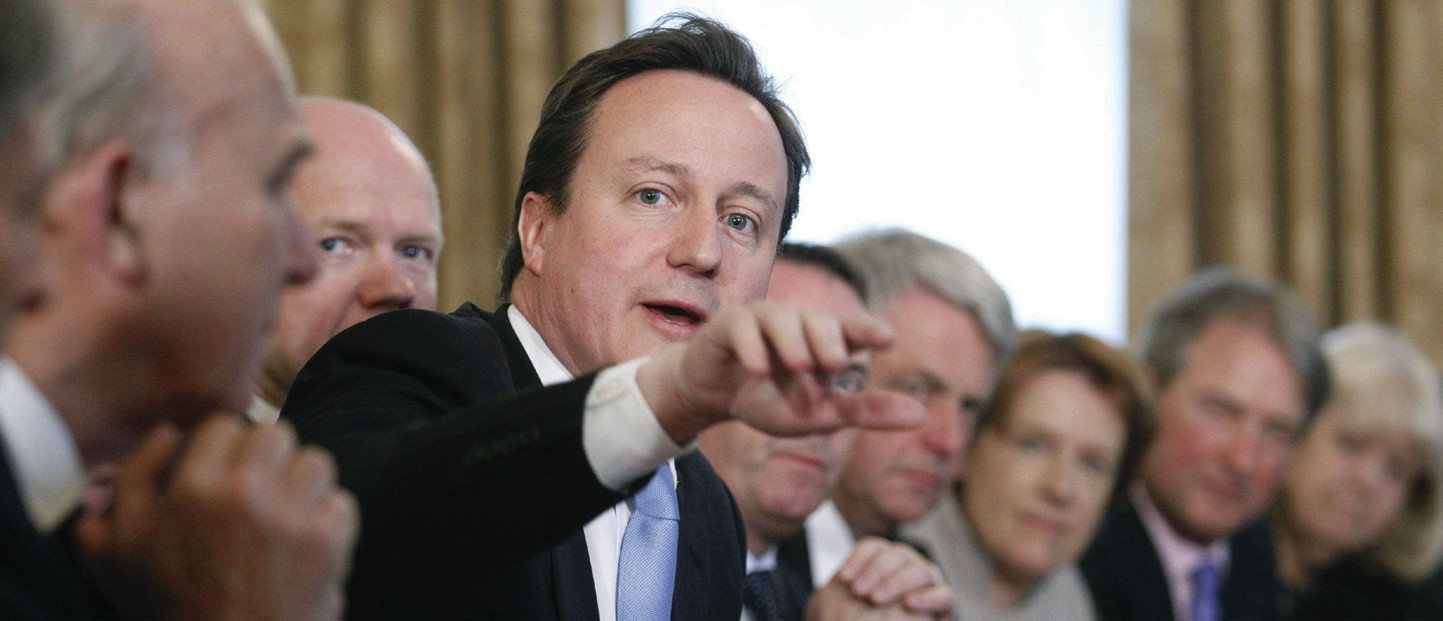
The Conservative–Liberal Democrat coalition government is the first at Westminster since 1945, and the first peacetime coalition since the 1930s. The advent of a coalition government raises important questions about traditional understandings of the core executive and prime-ministerial power.
David Cameron was a predominant party leader before the general election and was expected to become a predominant prime minister if the Conservatives secured a parliamentary majority. Cameron replicated Tony Blair’s mode of leadership while in opposition by adopting a personalised style (e.g. agreeing to televised leadership debates), determining his party’s core strategy and policies, and making decisions in consultation with a small group of advisers. Cameron’s key advisers followed him to Downing Street: Steve Hilton his chief strategist, Andy Coulson his communications director and Ed Llewellyn his chief of staff.
Your organisation does not have access to this article.
Sign up today to give your students the edge they need to achieve their best grades with subject expertise
Subscribe




